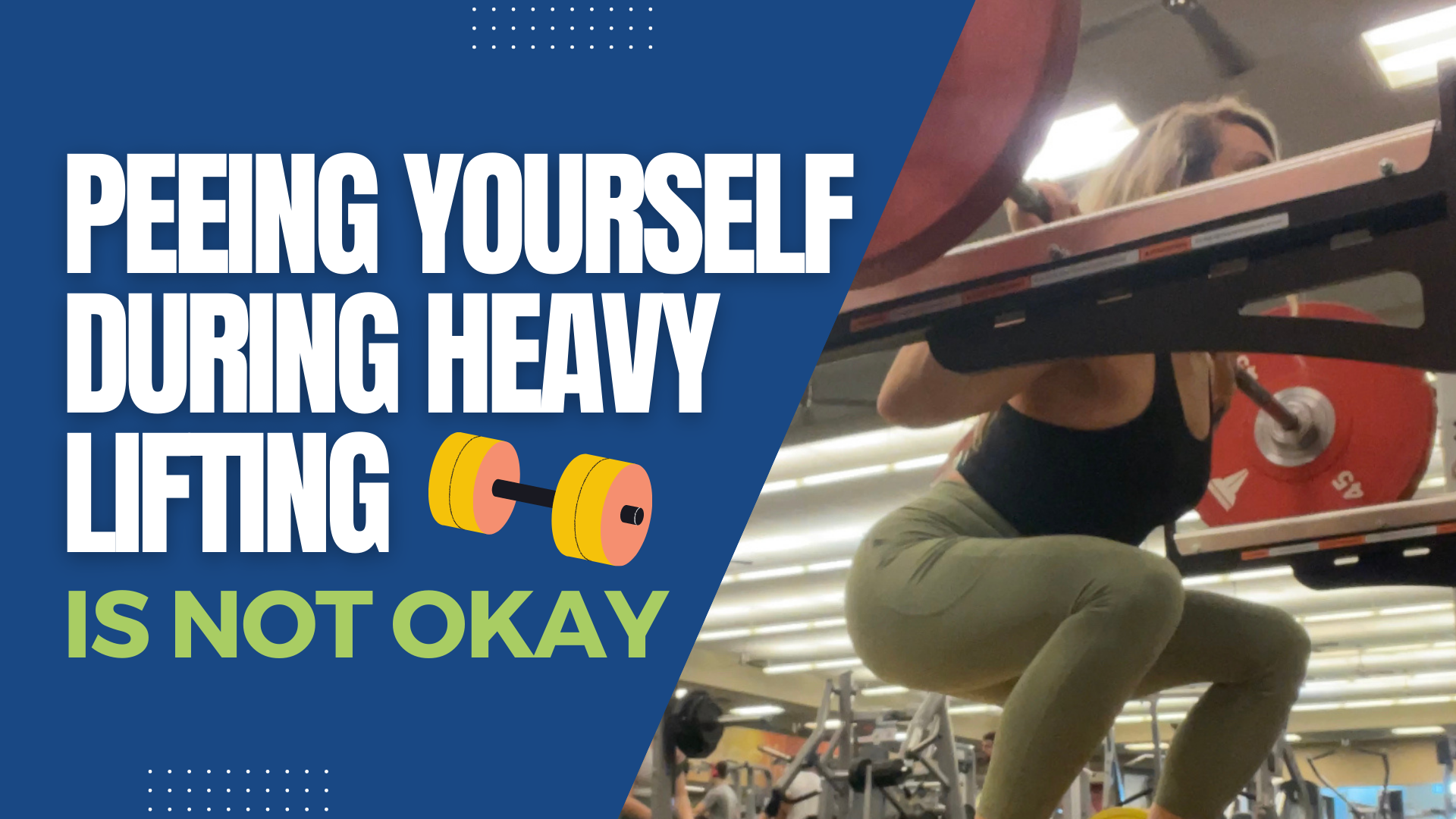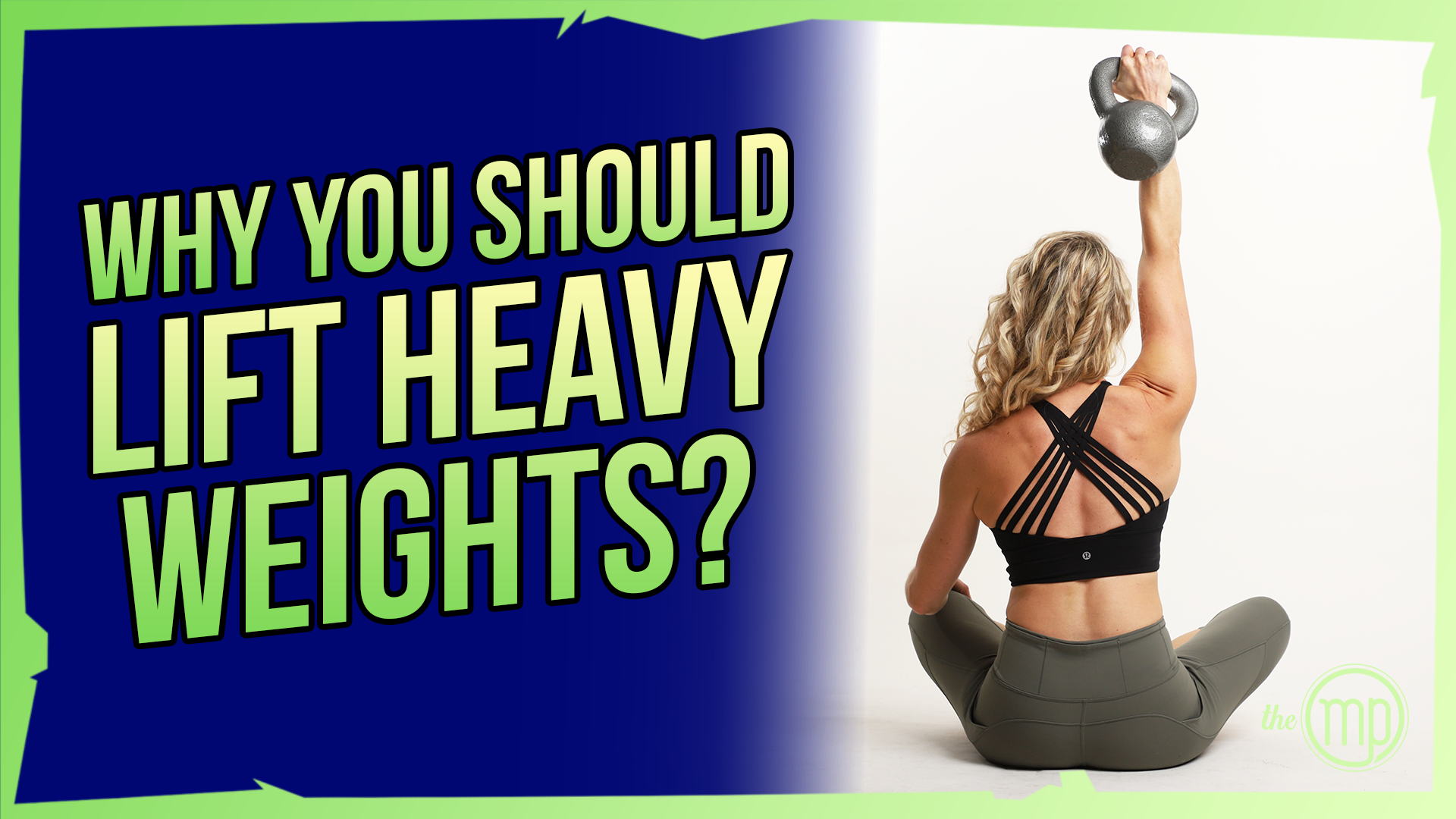No, peeing yourself by lifting heavy weights is not normal! There are numerous posts floating around social media that are making light of the fact that women (and men) performing heavy lifting are peeing themselves. This is purely information that we need more pelvic health education.
Rather watch or listen?
We have three different layers of the pelvic floor which are part of the intrinsic stabilizing unit of our core. This system is based on pressure management.
At the top of our core, we have our diaphragm. As we inhale, the intra-abdominal pressure that’s built up from the diaphragm as it descends continues to move down to the pelvic floor. Initially, as we inhale, the pelvic floor relaxes. As we exhale, the pelvic floor is gently lifting (contracting). This is simply a normal function of our diaphragm and pelvic floor. It also involves our transverse abdominis, which is our natural weight belt. As we inhale, the transverse abdominis lengthen and eccentrically contract. As we exhale, we’re creating a corset as it contracts.
If there is an imbalance in the pressure management in the core at a basic level, then when going under heavy loads, the pelvic floor cannot support this amount of pressure.
3 Key Reasons Why You Have Dysfunctional Pelvic Floor During Lifting
There are three key reasons why you have dysfunction of the pelvic floor during lifting. If you can understand and appreciate the anatomy, then these are all going to make sense.
1. Shallow Breathing
We breathe about 25,000 times a day. If you are breathing from your neck and shoulders on a day-to-day basis, then this will create downward pressure on the pelvic floor.
Breathing from the neck and shoulders creates a reverse breathing pattern. When you inhale, everything is lifting, and as you exhale, the belly comes out. We have to be able to breathe optimally, which means as you inhale, you have 360 degrees of pressure in the abdomen, all the way down to the pelvic floor.
During exhalation, allow the abdomen to contract and bring the belly button towards the spine. Coordinating your breathing pattern during dynamic movements or heavy lifting is essential.
2. Breath Holding
When doing something like a heavy deadlift or squat, you are performing a Valsalva maneuver which can effectively increase intra-abdominal pressure and can help with spine stability and trunk rigidity.
If you have an over dominance of your outer core muscles (think six-pack muscles) and a lack of stability in our deep stabilizers, which are the diaphragm, pelvic floor, transverse abdominis, and the multifidi, then that can create significant downward pressure on the pelvic floor. That can cause dysfunction in our pelvic floor and result in urination during lifting.
3. Doming
This is also caused by instability in the deep core. The way that we would test this is to lie on your back, bring your knees up, and see what happens to your abdomen. Many times the abdomen will dome immediately. Sometimes that could be due to diastasis recti. It can simply be that there is poor intrinsic stabilization (deep core). If you’re trying to do heavy lifting without proper stabilization and coordination of intraabdominal pressure, then, unfortunately, it can result in a lot of pelvic floor dysfunction.
What can you do
One of your easiest takehomes from this is to begin working on breathing coordination with your deep core. As you breathe in through the nose, allow the abdomen to expand 360 degrees all the way down to the pelvic floor. As you exhale, you can focus on an active exhalation, pulling the belly button towards the spine.
This creates more of an abdominal brace. Work on the coordination, sequencing, and timing of all of these important muscles. Then begin to integrate that into dynamic movements. When you get into heavy lifting, you will need to learn how to maintain your pressure while you are doing a lift.
If you don’t have good coordination, to begin with, and you’re trying to manage pressure at a high level, it’s not going to work out so well. If you have been lifting for years, implement this newfound knowledge and awareness of your pelvic floor, diaphragm, and coordination among all of your deep core muscles.
I hope this is helpful. If it was, please give it a like, share it, and subscribe to our Youtube Channel — The Movement Paradigm — for weekly tips on mindset, nutrition, and movement.
Other things that may interest you:


